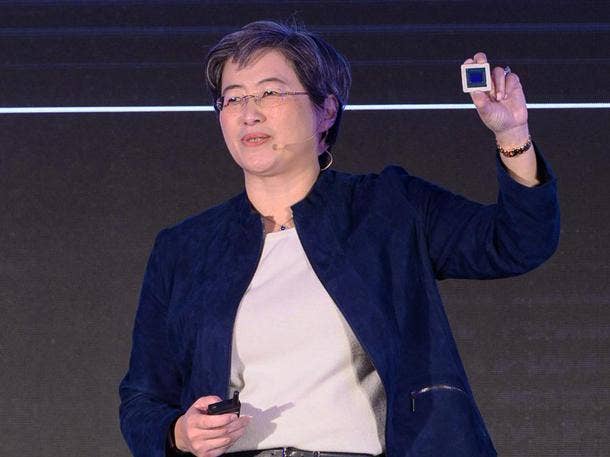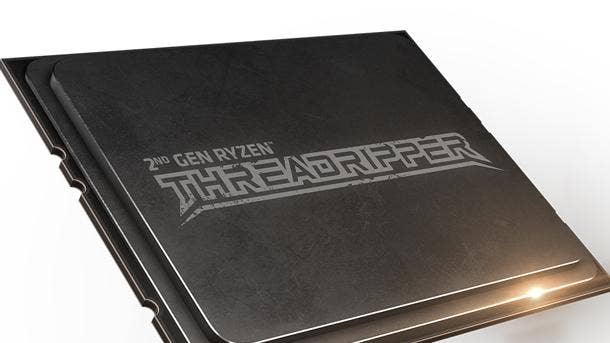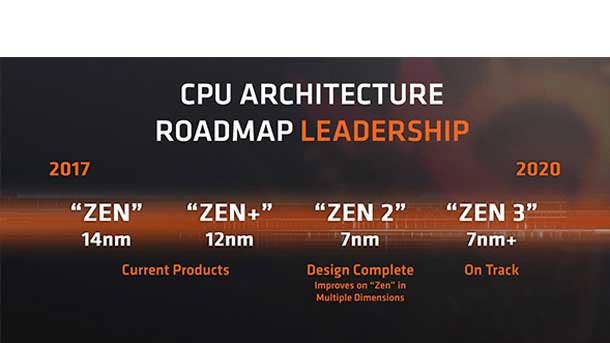4 Things To Expect From AMD Ryzen Threadripper 3000
AMD continues to be quiet about its third-generation Ryzen Threadripper processors for the high-end desktop market, but several reports point to what partners can expect.

AMD CEO: 'We Love The High-End Desktop Market'
AMD is going all out with its 7-nanometer, Zen 2 processors after the chipmaker launched its third-generation Ryzen consumer desktop and second-generation EPYC server product lines over the summer. Now partners and customers have turned their attention to Ryzen Threadripper, AMD's line of processors for the high-end desktop market.
The Santa Clara, Calif.-based company has been fairly quiet about its follow-up to last year's second-generation Ryzen Threadripper, but one thing is certain: third-generation Threadripper is coming.
"You will see more Threadrippers from us. You will definitely see more," Lisa Su (pictured), AMD's CEO, told reporters at Computex in May following rumors that the product line had been axed. "Look, we love the high-end desktop market. I think we’ll see that, both for content creators as well as workstation needs, Threadripper has done well. And so you will see more from us with Threadripper."
AMD declined to comment beyond what few comments Su has made this year, but thanks to a variety of leaks and reports, it's clear the chipmaker is looking to up its game with the new generation of Threadripper, code-named "Castle Peak."
What follows are four things to expect from the AMD Ryzen Threadripper 3000 series, including rumors about specifications, chipsets and release date, as well as what we already know about the architecture.

Specifications
AMD hasn't shared any details about third-generation Threadripper outside of confirming that it is coming, but a recent leak has pointed to at least one of the new processors sporting 32 cores, 64 threads, a 2.2GHz base clock, a 4.17GHz boost clock and a 128MB L3 cache. While it's the same number of cores and threads as the previous generation's high-end mode, it makes 600MHz base frequency.
That's according to a leaked benchmark posted on the website GeekBench that refers to the new Threadripper under the codename "Sharkstooth." Hot Hardware noted that without confirmation from AMD, it's difficult to confirm the leak's legitimacy, but if it is true, the GeekBench numbers show that the new Threadripper could provider a major improvement over the previous generation.
The leaked benchmark numbers point to a 15.6 percent improvement for single-core performance and a 90.2 percent improvement for multi-core performance, according to Hot Hardware. The 68,576 multi-core score would put the 32-core Threadripper processor above the GeekBench score for Intel's Core i9-9980XE processor for the high-end desktop market.

Chipsets
According to reporting by Gamers Nexus, third-generation Threadripper will be split into two platforms with supporting chipsets: TRX4 for enthusiast processors and WRX8 for workstation processors.
Threadripper's TRX4 platform will come with four memory channels, UDIMM memory support and a supported capacity of up to 256GB per channel, allowing for a total of 1TB. It will also support up to 64 lanes of PCIe 4.0 connectivity, 16 of which can be switched to SATA.
WRX8, on the other hand, will come with eight memory channels, support for UDIMM, RDIMM and LRDIMM memory, and a total capacity of 2TB. It will support 96-128 lanes of PCIe 4.0 connectivity, 32 of which can be switched to SATA.
There platforms will be supported by three new chipsets, the TRX40, TRX80 and WRX80, Hot Hardware reported, pointing to references made by USB IF, the organization in charge of the USB specification. So far, reports have pointed to MSI and Asus working on new motherboards based on the chipsets. MSI's motherboards have been named the TRX40 PRO 10G and TRX40 PRO WIFI while the boards from Asus go by Prime TRX40-Pro and ROG Strix TRX40-E Gaming.

Architecture
The next-generation Threadripper processors are expected to be based on Zen 2, the architecture behind AMD's new third-generation Ryzen and second-generation EPYC processors.
Compared to the original Zen core architecture, Zen 2 provides a 15 percent increase in instructions per cycle as well as a doubling of L3 cache, floating point throughput and Infinity Fabric bandwidth. It also comes with new hardware protections for side channel vulnerabilities like Spectre.
Zen 2 processors are based on TSMC's 7-nanometer process technology, which allows double the core density over the top Zen processors with half the power and 25 percent better performance. Like the 14-nanometer Zen processors, the Zen 2 processors follow AMD's multi-chip design approach.
At AMD's second-generation EPYC launch event in August, the company said it's next-generation Zen 3 architecture is on track for a 2021 time frame while Zen 4 is in the design phase.

Release Date
While AMD has largely been quiet about the next-generation Threadripper, CEO Lisa Su said at the Hot Chips symposium in mid-August that the chipmaker would provide details on the new product line "soon," PC World reported. She then clarified that would mean sometime later this year.
This doesn't give away the release date of the new Threadripper processors, but the new product line has already fallen out of pattern with the release schedule of the first two generations of Threadripper, which launched in August of 2017 and 2018, respectively.
However, multiple reports indicate that motherboard manufacturers ASUS and MSI are prepping new chipsets for the new Threadripper processors, pointing to a potential release in the near future. And tech blog Wccftech reported in June that the processors could land by the fourth quarter.